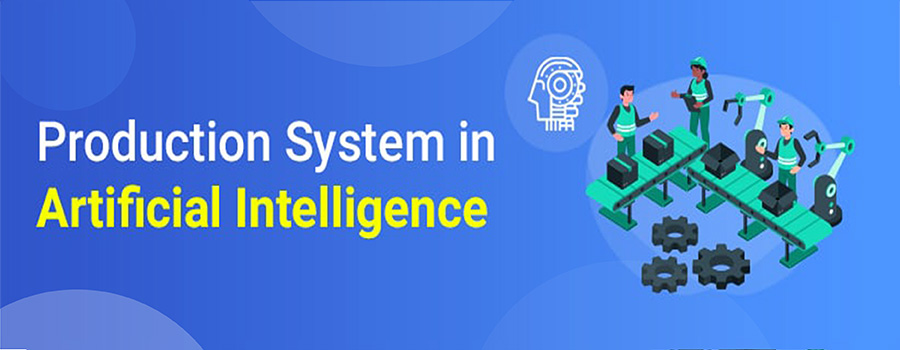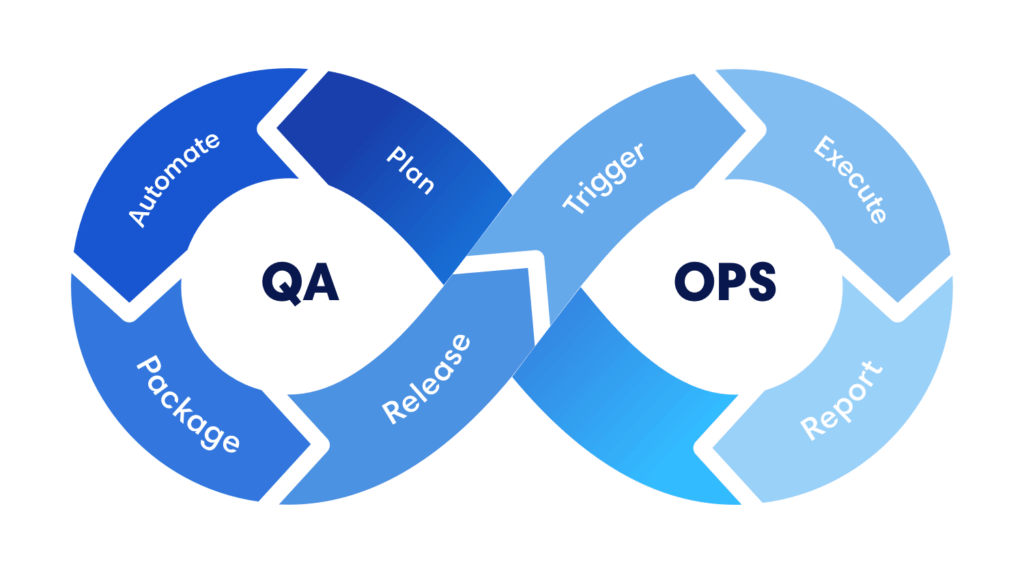
Production System in AI
7th July 2020
Adobe Photoshop CC – Important Features for UI Design
9th July 20201. Artificial Intelligence and Machine Learning (AI/ML) in Testing
According to a variety of reports, intelligent automation will continue to be one of the top software testing trends in 2020.
Applications of AI/ML have been leveraged in software automation testing for several years. AI/ML help software teams optimize their test automation strategies, operations, and speed up the adaptation process.
Over 2019, QA (quality assurance) teams have applied AI/ML in predicting test quality, prioritizing test cases, detecting test objects, classifying defects, interacting with AUT (applications under tests), and more.
2. Test Automation in Agile teams
Test automation is going mainstream when 44% of IT organizations automate 50% or more of all testing in 2019. We expect that the adoption rate of automated testing will climb to the new level next year.
As more and more organizations adopt Agile and DevOps practices to fulfill the norm “Quality at Speed” of software development, test automation has become a vital component. Test automation supports teams in performing repetitive tasks, detecting bugs faster, and more precisely, providing continuous feedback loops as well as ensuring test coverage. As a result, organizations can save a vast amount of costs, time, and human resources if they integrate automated testing in their QA processes.
3. Big Data
Big data plays an essential role in a variety of business sectors, from technology, healthcare, banking, retail, telecom to media, and so on. There has been more focus placed on employing data to segment and optimize decision-making processes.
With the support of big data, industries can deal with massive data volumes as well as diverse data types. It also helps make better decisions and enhance market strategizing with precise data validations. Therefore, big data is expected to grow at an exponential rate as many industries are shifting toward a data-oriented world.
The need for testing big data applications is expected to be on the new rise in 2020. This trend has been widely adopted, mainly because of the robust processes that many enterprises are following make the most of their marketing strategies.
.
4. QAOps: Quality Assurance Sees Changes in DevOps Transformation
If you have not heard of the term “QAOps,” before, now’s the time.
You might have been familiar with “DevOps,” the combination of development (Dev) and information technology operations (Ops). DevOps practices aim to shorten the systems development life cycle (SDLC), and teams can focus on developing features, fixing bugs, and pushes frequent updates that are in alignment with business objectives.
Similar to DevOps spirit, the goal of QAOps is to improve the direct communication flow between developers and testing engineers by integrating software testing into the CI/CD pipeline, rather than having the QA team operate in isolation.

5. IOT Testing
According to a report by Gartner, the number of IoT devices all around the world will reach 20.5 billion by 2020. These IoT devices must undergo IoT testing for security assurance, trustworthiness, ease of use, compatibility of device versions and protocols, versability of programming items, monitoring connection delay, scalability, data integrity evaluation, device authenticity, and more.
IoT testing engineers have to deal with an overwhelming amount of work in this area, especially in monitoring communication protocols and operating systems. Accordingly, QA teams should broaden their knowledge and upgrade their skills in usability, security, and performance IoT testing.
Another challenge for IoT testers in the upcoming years lies in strategies. A recent survey of the World Quality Report shows that 34% of respondents said their products have IoT functionality, but their team still can not find out the most proper testing strategy.
6. Demands for Cybersecurity and Risk Compliance
The digital revolution comes with many security threats. As such, CIOs and CTOs from almost every enterprise across all sectors continue to recognize the importance of security testing for their software, systems, applications, network. Software teams have to even work with their partners to make their products more resilient to threats, taking the cybersecurity shield to the new level.
Security testing helps secure not only transactions of money or data, but also protection of their end-users. As cyber threats can take place in any form and at any moment, testing for security will be a popular topic the following year.
Conclusion
As the digital transformation is constantly evolving, testing engineers, as well as software product enterprises, must keep themselves updated with the latest changes and innovations. Quality assurance teams, leaders and practitioners should take these trends into account to build the most ultimate strategies, climbing up to a new level in the software testing industry.





